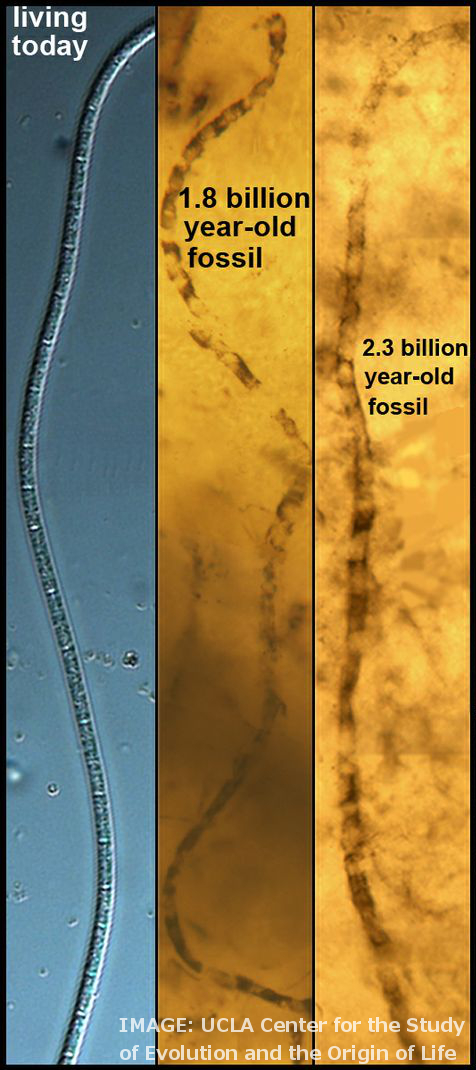Microbes spotted doing 2 billion years of nothing
 Researchers have discovered evidence of a microorganism that has not evolved in more than 2 billion years, living in Western Australian waters.
Researchers have discovered evidence of a microorganism that has not evolved in more than 2 billion years, living in Western Australian waters.
They say it might be the greatest absence of evolution ever reported.
Australian researchers were among an international team examining sulphur bacteria, which are about 1.8 billion years old and preserved in rocks from Western Australia's coastal waters.
With the aid of some cutting-edge technology, the team found that the bacteria were identical to bacteria of the same region from 2.3 billion years ago.
Astoundingly, both sets of ancient bacteria are indistinguishable from modern sulfur bacteria, such as those found in mud off the coast of Chile.
But far from making biologists question everything they know, the lack of evolution actually confirms Charles Darwin’s work.
“The rule of biology is not to evolve unless the physical or biological environment changes, which is consistent with Darwin,” said Professor J. William Schopf from the UCLA.
He said the environment that houses these microorganisms has remained essentially unchanged for 3 billion years.
“These microorganisms are well-adapted to their simple, very stable physical and biological environment,” Schopf said.
“If they were in an environment that did not change but they nevertheless evolved, that would have shown that our understanding of Darwinian evolution was seriously flawed.
“It fits perfectly with [Darwin’s] ideas,” he said.
The fossils date back to the Great Oxidation Event – the time of a substantial rise in Earth's oxygen level.
Experts believe the Event occurred between 2.2 billion and 2.4 billion years ago, and led to a dramatic increase in sulphate and nitrate levels.
These are the only nutrients that the ancient microorganisms would have needed to survive in their seawater mud environment, enabling them to thrive and multiply.
The study has been published in the Proceedings of the National Academy of Sciences.
The project team included members from the Australian Centre for Astrobiology and the Australian Research Council Centre of Excellence for Core to Crust Fluid Systems.








 Print
Print